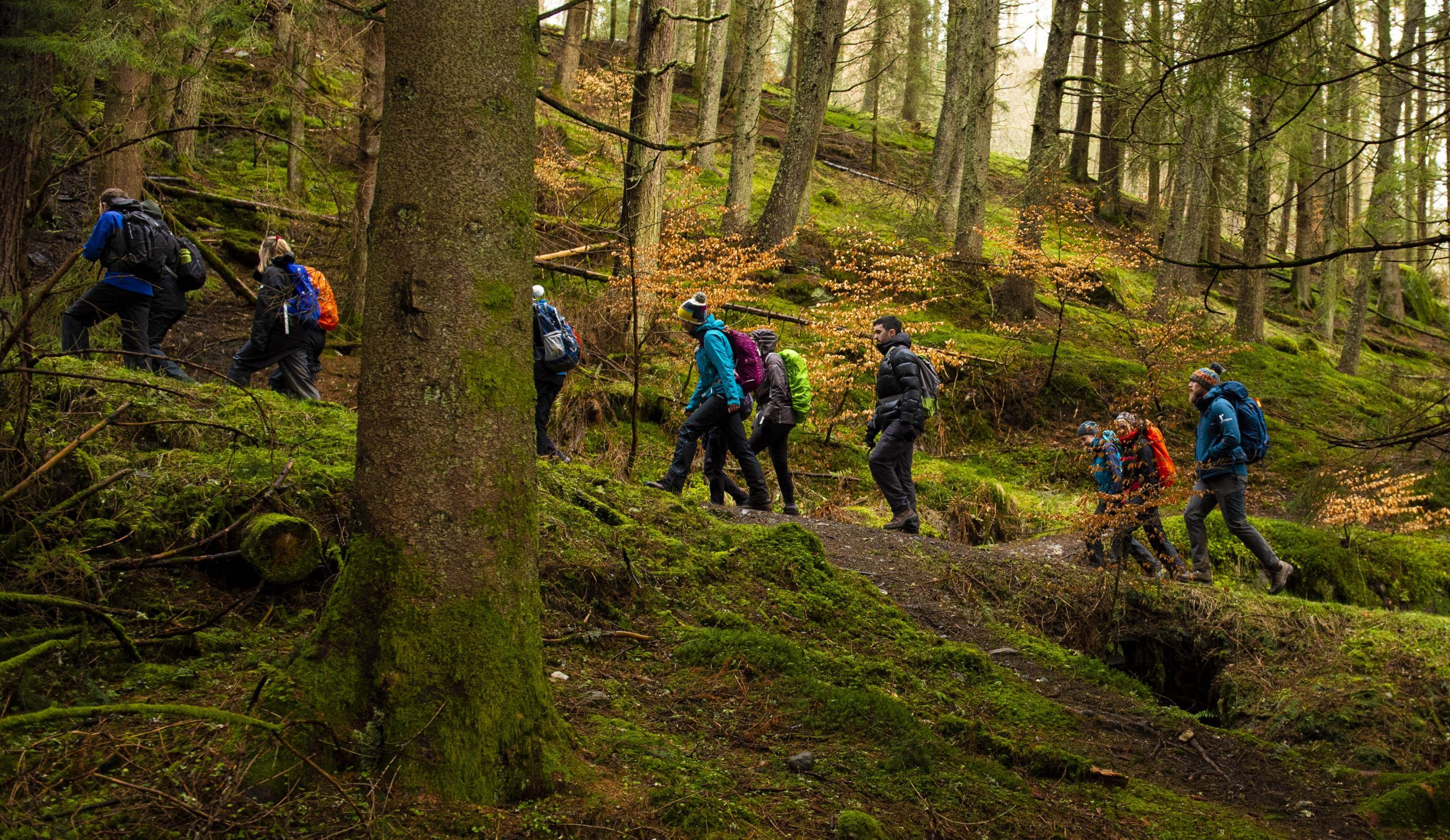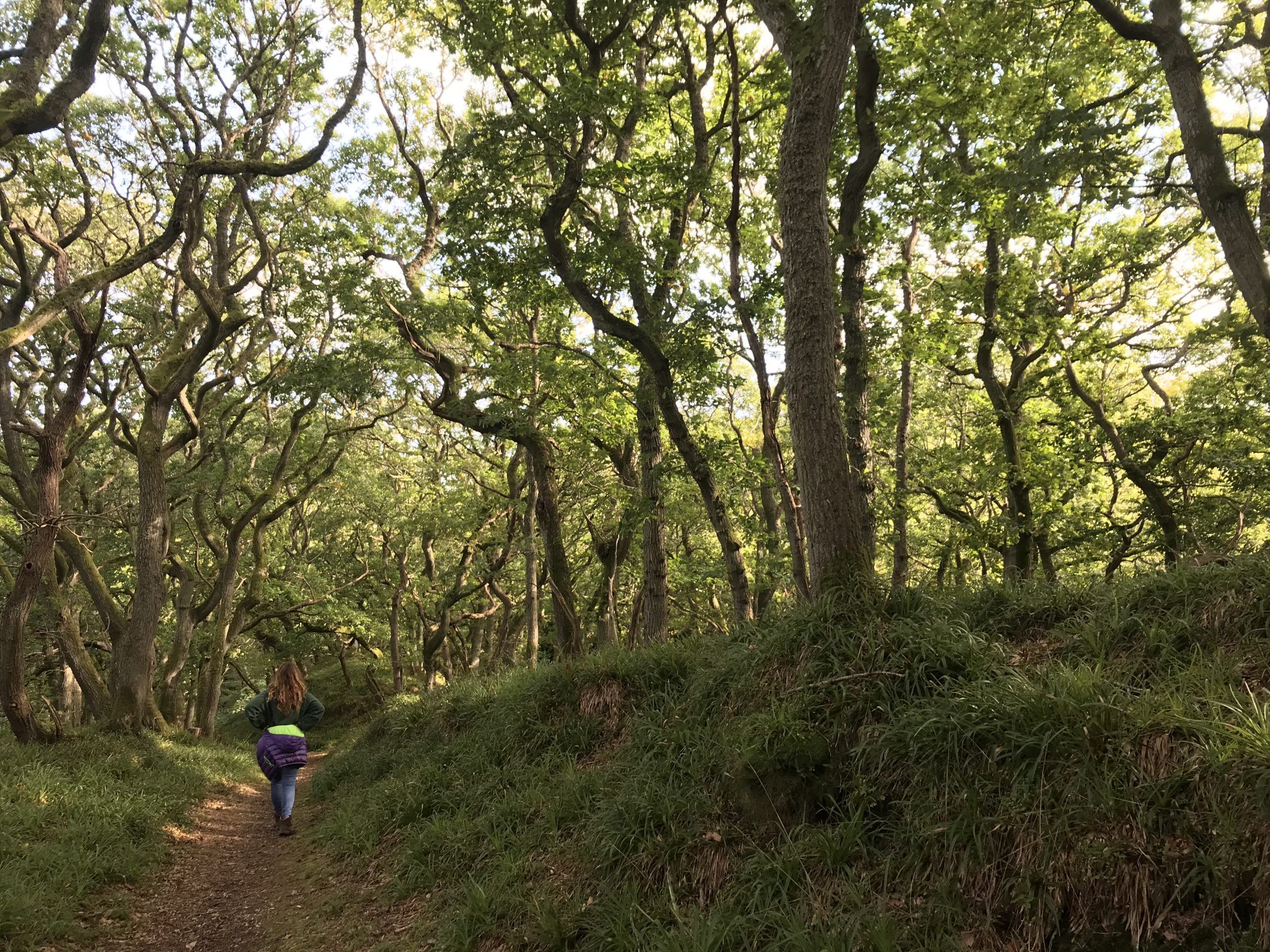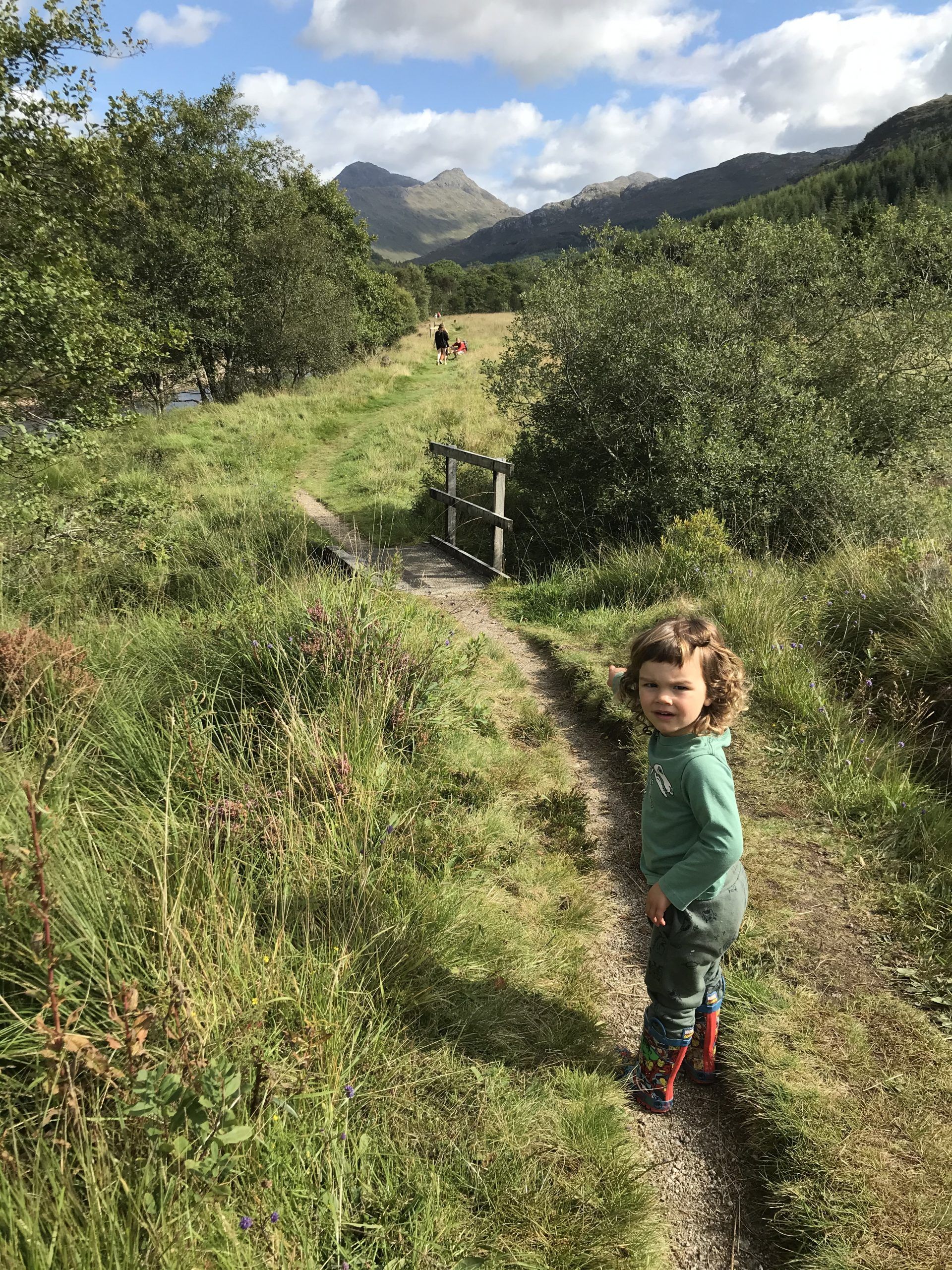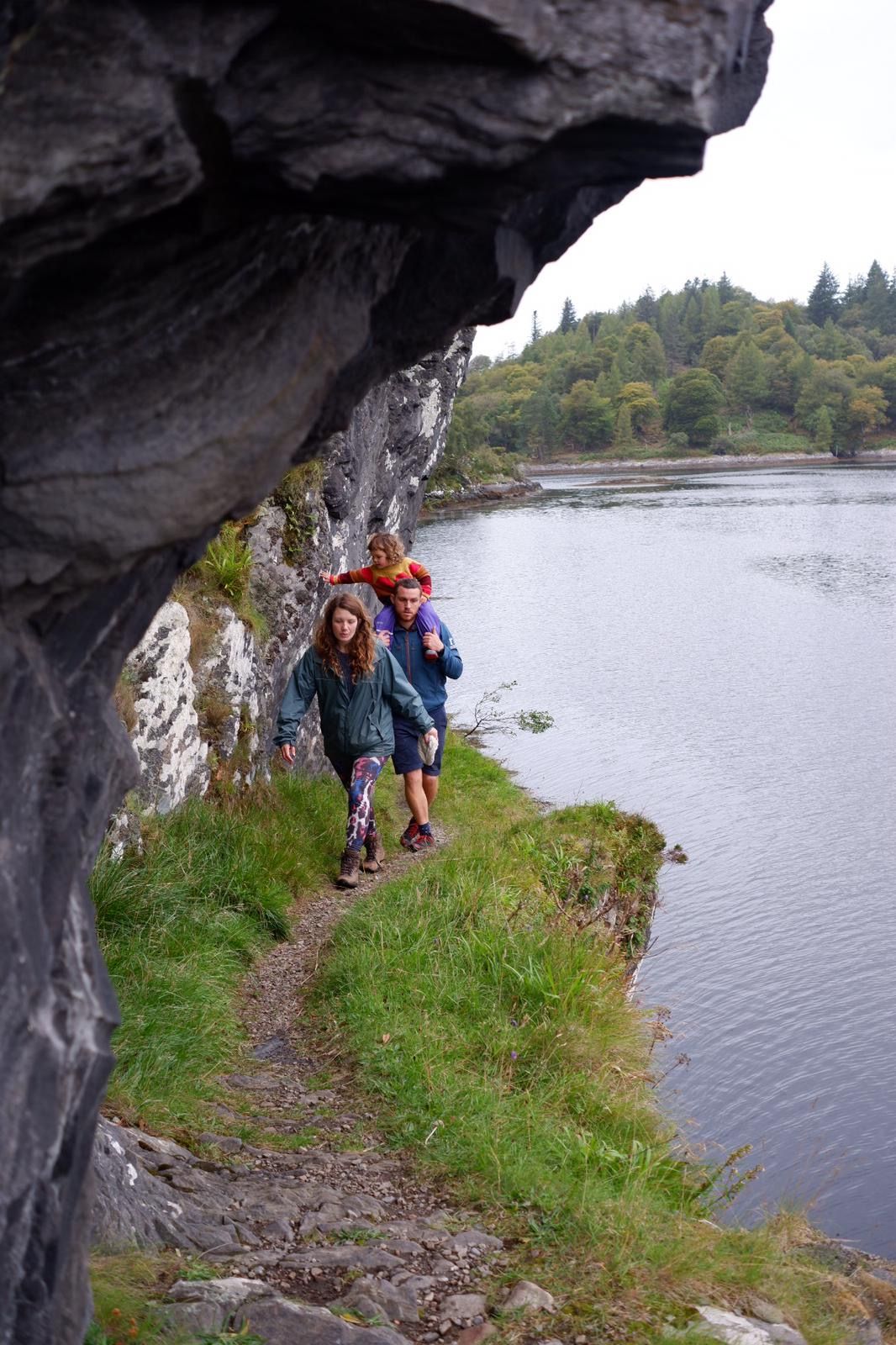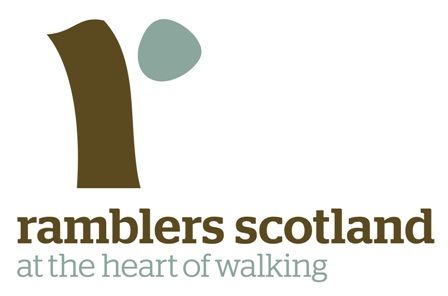We have fantastic access rights in Scotland, but we lack a comprehensive, maintained, mapped path network to help everyone find safe, pleasant routes both around and between our communities and also into the countryside beyond. The path network in Scotland is around 84,000km in length, and includes elements such as core paths, rights of way, long distance and active travel routes. Paths are important in helping us all enjoy our access rights, especially in lowland areas.
Paths help us get into nature and they also help us to protect nature. Their habitats vary from grassy field margins and old railway lines full of wild flowers to our woodland, coastal, moorland and mountain landscapes. At sensitive times for nature a particular path can be promoted or not promoted, to encourage people to use one path over another and avoid ground nesting birds or fragile habitats.
Just being in nature is known to be hugely beneficial, for both our physical and mental health – it reduces stress and depression, strengthens our immune system and even lowers the risk of heart disease. Being physically active outdoors is even better for us, yet we also know that those living in deprived areas are less likely to get outdoors and enjoy those benefits.
Action Needed
Investment – for many years investment in access has been in decline. Access officers working in local authorities and national parks play a vital role in strategically managing access, but their numbers have drastically reduced in recent years. There is a real cost to local communities, land managers and wider society when paths aren’t maintained, irresponsible behaviour goes unaddressed or small disagreements are allowed to escalate.
Breaking down barriers to access – lack of knowledge of paths has been shown to be a barrier to many people. Ramblers Scotland is working to expand our path networks on the ground, but at the same time our Mapping Scotland’s Paths project is creating a database of all the paths we can identify in Scotland. This digital map will be made publicly available for free by summer 2021.
Nature Network – LINK has long championed the concept of a Nature Network as a strategic approach to manage, restore and enhance Scotland’s habitats and landscapes. Our path network can play an integral role in making these nature connections, with added benefits to people too.
Threats
Loss of paths to development – all too often paths which are highly valued and well used by the public are being ignored and developed over, whether by new housing or new forestry. Yet these routes should be protected through the appropriate planning system.
Equality of access – Scottish access rights apply equally to walkers, cyclists and horseriders (and paddlers) or those with a disability using an adapted motorised vehicle. Every effort should be made to use the least restrictive option when installing path infrastructure and local promotion can help people find routes to suit them.
MSP Nature Champion


